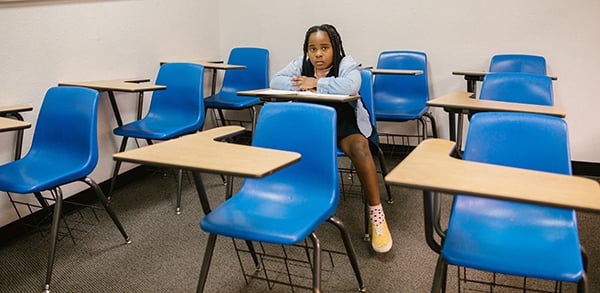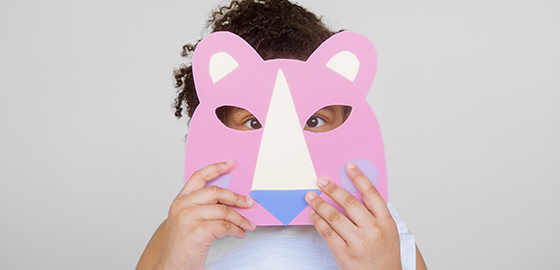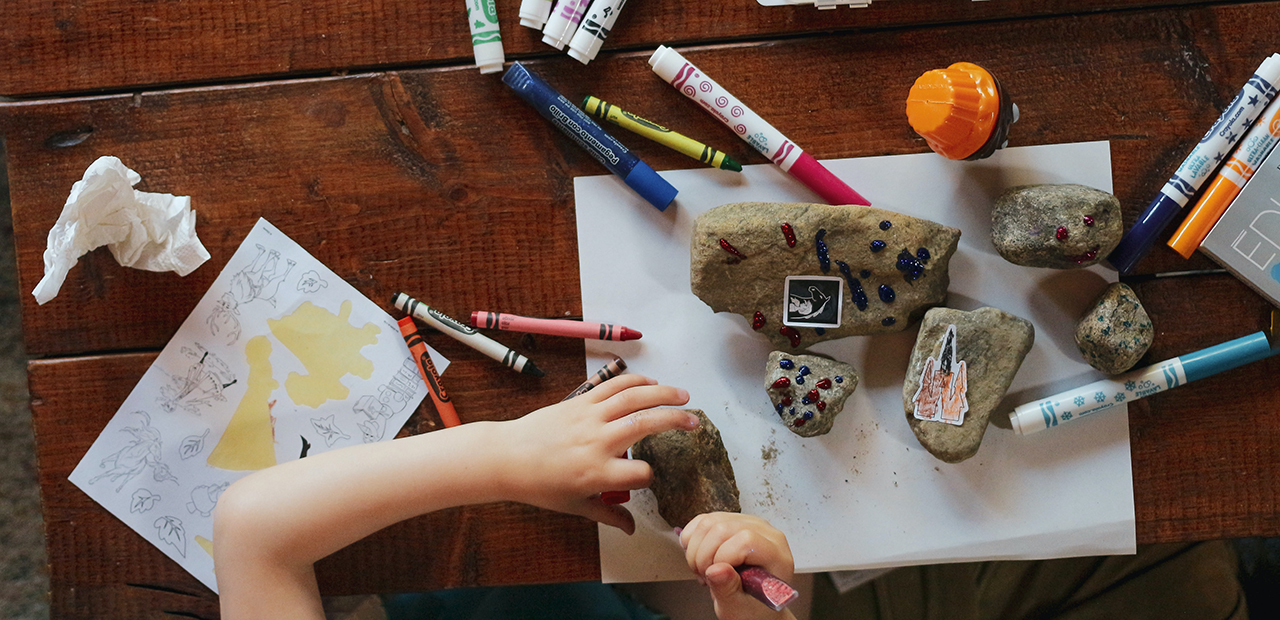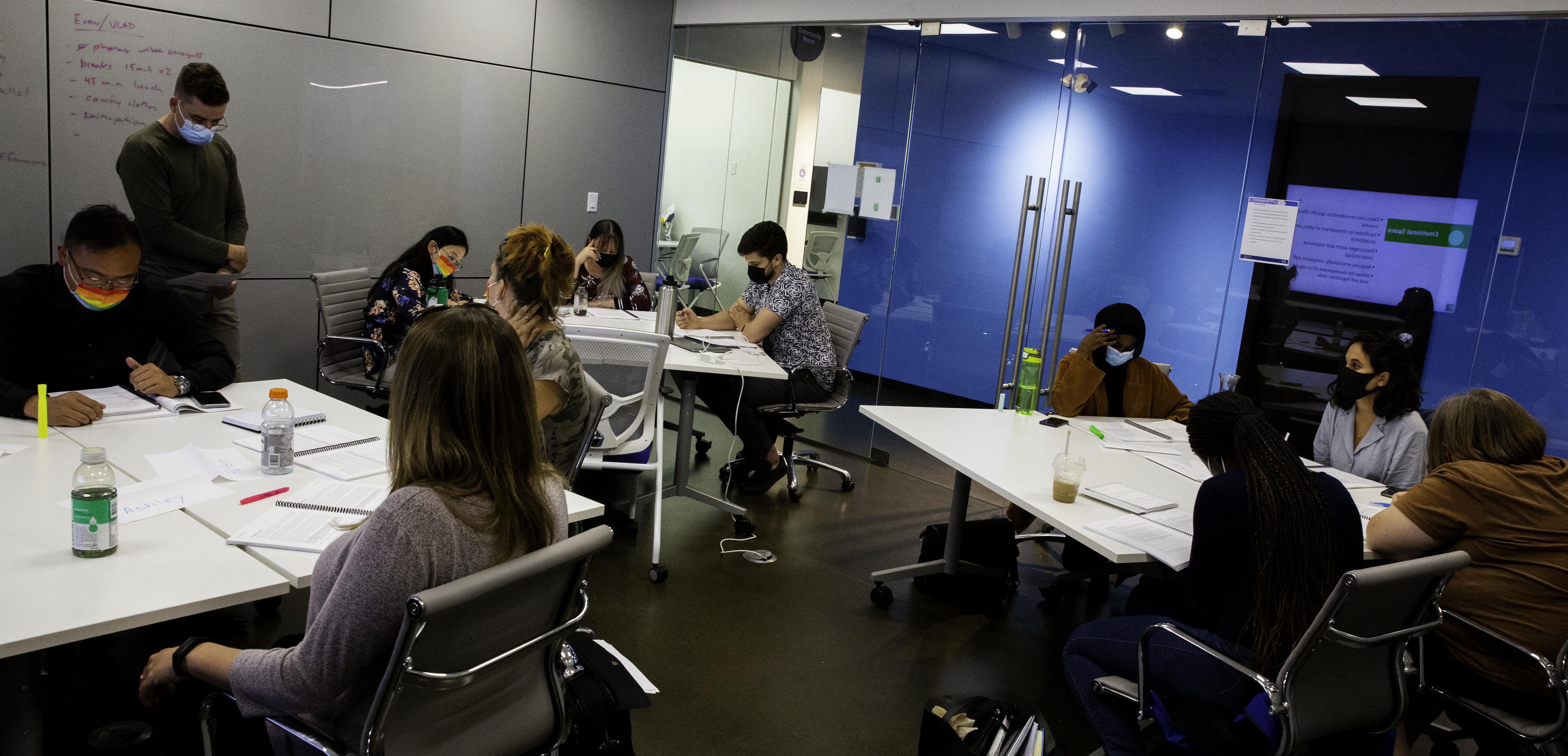Written by CarePros practicum student Bijalben Patel and Recreation Therapist Haley O'Neil
At CarePros, the clients we serve experience many barriers in their lives that affect their emotional wellbeing due in large part to the nature of their diagnoses. These barriers can make it difficult for them to realize that their actions can impact more than just themselves. That is why self-reflection could be a powerful way to help them understand their strengths, weaknesses and train them to understand cause and effect.
Behavioural reflection is an exercise that can assist in increasing one's self-awareness of their behaviours and understand the appropriate emotional response in each situation. It can be helpful to encourage clients to create goals and understand how they can achieve their desired goals.
Behavioural reflection not only teaches insight, but it is a beneficial way to empower clients. It can be used by parents, teachers, caregivers, and frontline staff to break down a behaviour and brainstorm with the youth what strategies they can use in the future to achieve a positive outcome. Additionally, it can help bring awareness to the progress that a client has made in their ability to manage stressful situations. They can compare the strategies they have learned in the present to see how they would have responded in past situations. For example, a client can reflect on how they might have handled emotions of anger and frustration through physical aggression or property damage, but now they recognize the need to vocalize these emotions to their supports and utilize personal time to help regulate their emotions. Most importantly, when our team members provide the time and place for reflection to the clients, they encourage them to be good learners, problem solvers, and thinkers.
Our CarePros team knows how to listen when their client says nothing at all. For example, if our client gets bullied at school, how would they know? After all, they might not always be willing to talk about their problems and behavioural issues they are having in school.
For me, I can find this very challenging. During my time as a nurse, it was easy to notice the physical symptoms such as fever or a cough. And now that I am a student working towards a career in social work, I have realized that in recovery and intervention, mental and emotional support plays an equal role as physical treatment. So to me, I find it essential to find out the unsaid causes of a child’s behavioural problems.
 It's not always easy for children to voice their inner struggles.
It's not always easy for children to voice their inner struggles.
Four Advantages to Reflecting
According to the number works n-words website, there are four advantages for reflection of children.
- Promotes emotional intelligence - developing one’s self-awareness allows children to discover their identity, their interests, and what they are passionate about.
- Understanding alternative perspectives - children must understand that they can expand their knowledge through the opinions of their friends, family, peers, and teachers.
- Enable personal growth - through self-reflection practices, children learn to accept the challenges they are facing and find out the best possible ways to deal with them.
- Increase self-confidence and self-esteem - Children can acquire new skills, take risks, and achieve success which helps create an optimal sense of self (Number works n-word, n.d).
How Care Professionals Use Behaviour Reflection with Clients
As Care Professionals, we ensure that we are promoting a sense of safety for our clients. This will help make them more confident and maintain positive relationships with others. Below are just some of the strategies we implement with our clients:
- Teaching about emotions – we encourage our clients to reflect on their emotions as well as to express how they are feeling. This helps them learn to identify their emotions and teach positive coping strategies.
- Setting routines to reflect – scheduling a consistent time for our clients to reflect on their day provides an opportunity for them to share.
- Setting boundaries – we establish professional boundaries between our team and client will help create consistency with expectations, making our clients more capable and competent.
- Remaining calm – clients who share their feelings are in a vulnerable state that can increase the risk of escalated behaviours. We at CarePros establish a safe and supportive environment and that begins with our ability to control our emotional response.
- Identifying strengths – we use a strength-based approach at CarePros, and we encourage clients to identify their strengths and use them.
- Sharing passion – team members encourage clients to share their passions; we reinforce what they are good at and how participating in them can help manage their emotions.
- Utilizing leisure activities – clients and our team members complete activities together such as drawing or journaling how they are feeling in that moment.
- Words of encouragement – Our clients are encouraged to compliment themselves. It will boost their self-confidence and make them aware of what kind of behaviour is desired.
- Create a choice collection – empowering our clients means creating a visual that outlines multiple strategies they can utilize when they are feeling a certain emotion. We want them to find the coping strategies they can use to deal with challenging situations.
- Reflect on the day as a group – we build trusting relationships with our clients and understand what they are going through, while also learning who they are.
Examples of Behaviour Reflection
According to the kids discover website, there are 3 beneficial examples that our team can use to motivate clients for self-reflection.
- Charting and Recording
We have our clients track their daily experiences by what makes them happy and sad. This cognitive coping tool can be useful with any client. It allows a child to categorize their experiences by how they made them feel, which is a good tool for personal reflection. We want our clients to use behavioural adjustments that will help them avoid negative feelings and behaviour. Charting and recording the happy and sad moments in one's life will contribute to self-realization that will bring the client to a higher cognitive understanding. This will lead to the idea of our clients controlling how they will react in a given situation. - Thinking Routines
We want to make our clients think about their day can be a simple, yet powerful practice for them to develop their learning and realizations. Our team encourages and teach clients to think about the various reason behind disruptive behaviour. Also, our team checks the response and how their client thinks about their life. Self-reflection is the opportunity for clients to engage in these critical thinking experiences regularly making them routine. (Para 1, n.d.).
- Client Self-checks
The client's self-reflection is one of the top indicators of positively impacting client achievement in personal as well educational life. By incorporating this technique, our team pushes our clients to achieve success and acquire insights into their strengths and weaknesses. Some of the ways that children can evaluate themselves include surveys, checklists, fill in the blanks, writing prompts as well as sharing them verbally with their support team. (Kids Discover, para 3,n.d.).
References
Dana Di Pardo Léon-Henri. (2021). Benefits of Reflective Teaching Learning. Teaching Learning journal. Retrieved From: https://reflectiveteachingjournal.com/benefits-of-reflective-teaching/
Figure 1: Behavior Reflection Sheet, Developed by Laura Center- Teaching Resources. Retrieved from: https://www.lauracandler.com/behavior-reflections/
Kids Discover. Three ways to promote student reflection. (2017). Retrieved from: https://kidsdiscover.com/teacherresources/3-ways-to-promote-student-reflection/
Number Works- n- words. 4 Benefits of Reflection for Children. (n.d.). Retrieved from: https://numberworksnwords.com/sg/blog/4-benefits-of-reflection-for-children/#.YLEhTahKjIU






